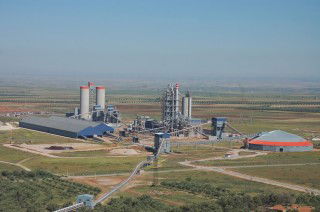China’s Belt and Road Initiative (BRI) is now an integral part of the country’s overseas expansion policy. Since its inception in 2013, the BRI has been one of the essential vehicles driving the global spread of Chinese technology and providing a platform for corporate cement and construction giants to enter new markets. ICR takes a look at the initiative’s progress to date and the impact on China’s cement industry, as its shifts from its purely domestic production base to establishing its presence abroad.
Overcapacity is steadily gaining a grip on the cement world, impacting jobs and driving down prices. In the world’s largest cement-producing country, China, the government has put the brakes on new capacity building in the domestic cement sector. Instead, it has opted for consolidation and dismantling old capacity to reduce overcapacity and pollution in its large cities. In recent years, the Ministry of Industry and Information Technology (MIIT) has imposed a crack-down on cement plants to prevent excess emissions in the winter months to the middle of March. In December 2018 the Chinese Cement Association (CCA) announced that 392.7Mta, or 10 per cent of total cement capacity, would be eliminated in China by 2020.
